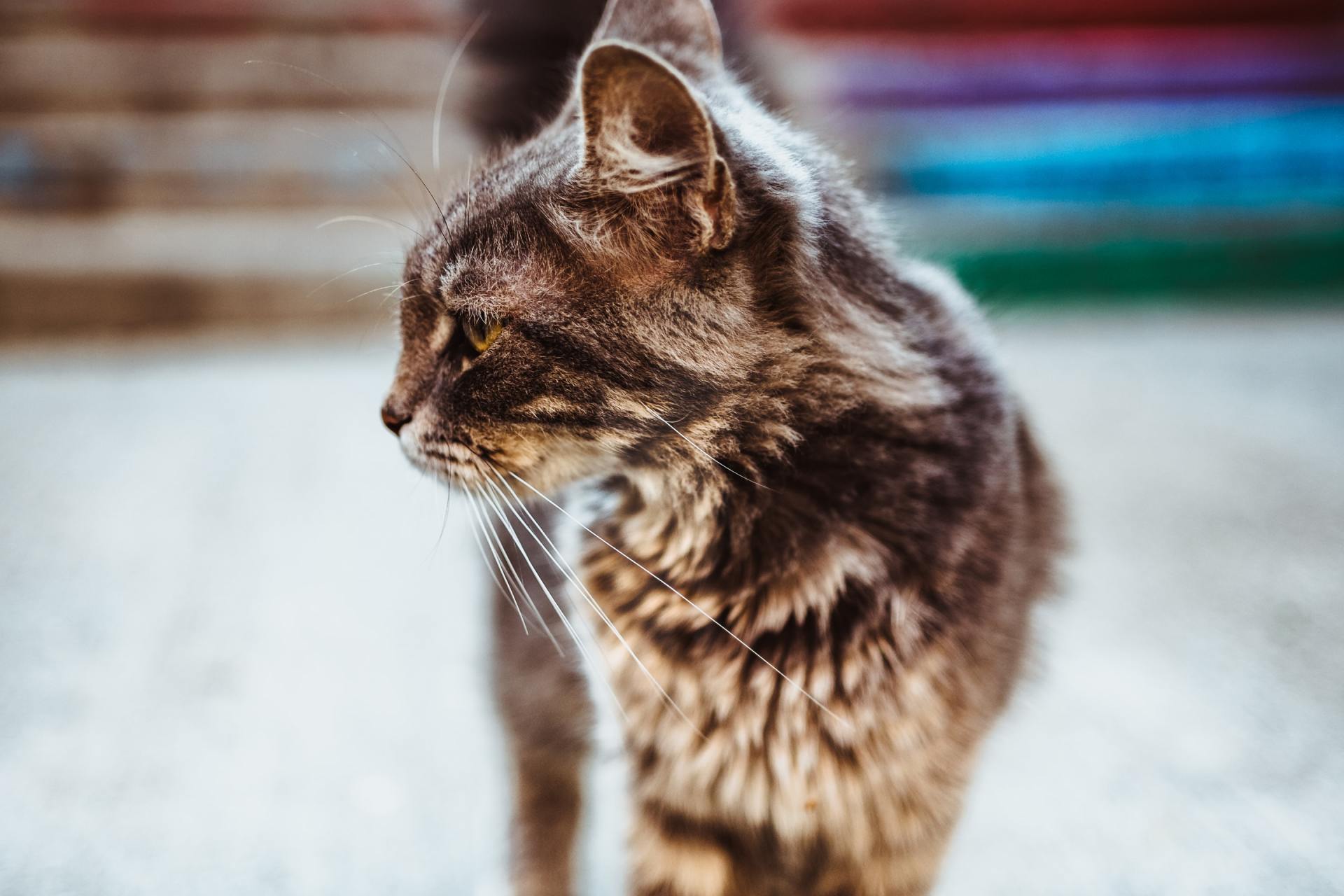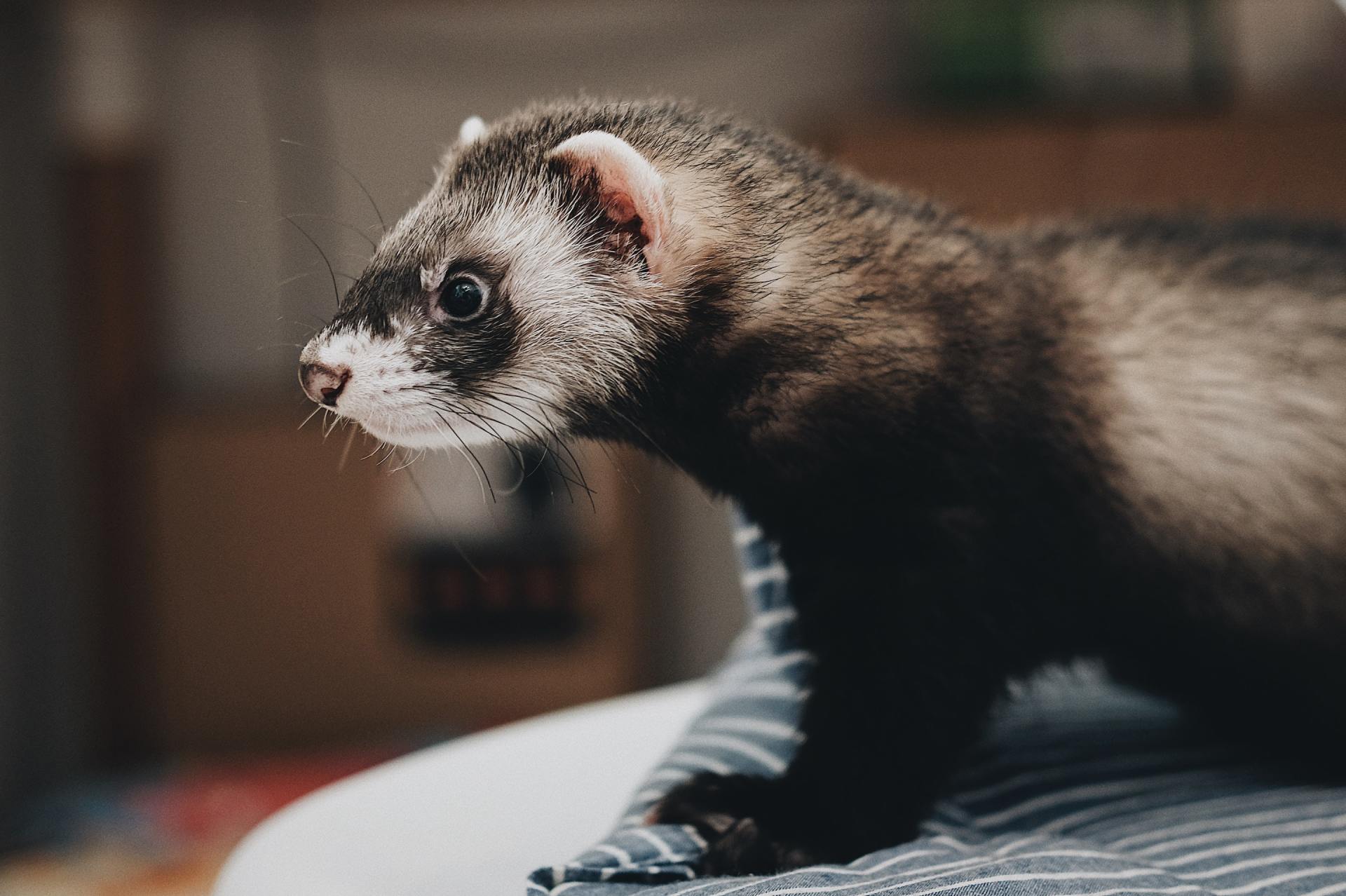Adopting a Rescued Bird
January is Adopt A Rescued Bird Month! If you’ve been thinking about getting a new pet, why not consider getting a feathered friend? There are many sweet birds in need of loving forever homes. A Galena, MD vet discusses adopting a rescued bird below.
Things To Consider
Adopting a pet is a huge decision. There are lots of things to consider. Birds aren’t terribly expensive, but you will need to provide a great cage, food, perches, toys, and regular veterinary care. Also, make sure you are committed to caring for Polly for the rest of her life. Some of our winged pals have pretty long lifespans, so that could be up to 50 years!
Choosing A Bird Type
Different types of birds have different personalities and care needs, do some research and figure out what kind of bird you would like. For example, some, like finches, are fairly quiet and timid. Others, such as Macaws, are extremely smart, charismatic, and can be a bit loud.
Finding Polly
If all lights are green, the next step is to find your bird. Many shelters and rescues have feathered wards in their care. You may want to ask about your potential pet’s history. A bird with behavioral or medical issues may not be a good choice for a first-time bird owner. Take some time, and make sure your new buddy is a good fit for your household. You’ll also need to find a great avian veterinarian.
Settling In
Before bringing Polly home, have everything that she will need ready and waiting for her. A great cage is a must! Choosing the right place is also important. A corner of a living room or family room is a good spot. Give your winged buddy a few days to adjust to her new surroundings before you try to handle her.
Let Love Grow
Birds are quite emotional, and can get very attached to their owners. If Polly was very close to her previous human, she may be depressed about being separated from them. A bird that had a harder time may be frightened. Be patient, and don’t force attention on your pet. Focus on offering great TLC, and keeping your new buddy comfortable and happy. It’s a beautiful thing to see rescued pets thriving with good care!
Our Advice on Adopting a Rescued Bird in 2025
How do the care requirements differ between rescued birds and those raised in captivity from birth?
Rescued birds often require more specialized care than those raised in captivity from birth. These birds may have experienced trauma, neglect, or improper care, leading to physical and psychological challenges. They might need additional veterinary attention to address health issues or nutritional deficiencies. Behaviorally, rescued birds may be more fearful or have developed bad habits, necessitating patient, consistent training and socialization. Their dietary needs might differ if they’ve been accustomed to poor-quality foods. Establishing trust can take longer with rescued birds, requiring a gentler approach to handling and interaction. Overall, adopters should be prepared for a potentially longer adjustment period and be willing to invest extra time and resources in their feathered friend’s well-being.
What are some common health issues in rescued birds that potential adopters should be aware of?
Rescued birds often face unique health challenges that potential adopters should consider. Common issues include malnutrition, resulting from poor-quality diets in previous environments. Respiratory problems are frequent, particularly in birds rescued from unsanitary conditions. Parasitic infections, both internal and external, may be present. Feather plucking or other self-mutilating behaviors can indicate psychological distress or underlying health problems. Rescued birds might also suffer from vitamin deficiencies, especially vitamin A, crucial for their immune system. Foot problems, such as bumblefoot, can occur due to improper perching. Additionally, these birds may have undiagnosed chronic conditions or injuries that require ongoing veterinary care. Thorough health screenings and follow-up care are essential for newly adopted rescued birds.
How can one assess a rescued bird’s temperament and socialization level before adoption?
Assessing a rescued bird’s temperament and socialization level requires careful observation and interaction. Spend time with the bird in its current environment, noting its reactions to people and stimuli. Watch for signs of fear, aggression, or curiosity. Observe how the bird responds to different voices, movements, and attempts at interaction. Check if it’s comfortable being handled or if it shies away. Ask the shelter staff about the bird’s history and behavior patterns. Consider the bird’s vocalizations and body language – relaxed postures and soft chirps often indicate comfort. Try offering treats to gauge friendliness. Remember, a bird’s behavior in a shelter may differ from how it acts in a home environment, so multiple visits can provide a more accurate assessment.
How does one bird-proof a home to ensure the safety of a newly adopted feathered friend?
Bird-proofing a home is crucial for a newly adopted feathered friend’s safety. Start by securing windows and doors to prevent escape. Remove or cover potential hazards like ceiling fans, exposed electrical cords, and toxic houseplants. Ensure all cookware with non-stick coatings is stored safely, as fumes can be lethal to birds. Keep toilet lids closed and cover fish tanks to prevent drowning. Avoid using air fresheners, scented candles, or chemical cleaners that could irritate the bird’s respiratory system. Create a designated safe space for the bird when unsupervised. Install proper perches and toys in the cage to prevent boredom and potential self-harm. Regularly inspect the environment for small objects that could be accidentally ingested.
What training techniques are most effective for rescued birds, especially those that may have developed bad habits?
Effective training techniques for rescued birds focus on positive reinforcement and patience. Clicker training can be particularly useful, associating desired behaviors with a distinct sound and reward. Consistency is key – establish a routine for training sessions and stick to it. Use favorite treats as motivation, but avoid overfeeding. For birds with bad habits, redirecting unwanted behaviors to appropriate alternatives works well. Target training helps build trust and can be used to teach various commands. Never punish or yell at the bird, as this can erode trust. Instead, ignore negative behaviors and reward positive ones. Remember, progress may be slow with rescued birds, so celebrate small victories. Tailor the approach to each bird’s personality and history for best results.
Please contact us, your Galena, MD veterinary clinic, any time. We’re here to help!




